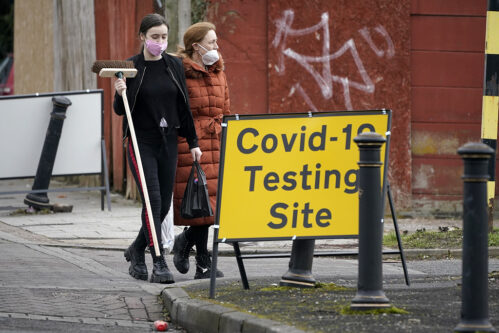February 18th – British experts suggest that the government list four symptoms of fatigue, headache, sore throat and diarrhea as typical symptoms of COVID-19, reminding people to test for COVID-19 if they have the above symptoms.
Previously, the British government listed cough, fever, or loss of taste and smell as typical symptoms.
According to the BBC, researchers at King’s College London and the team of Zoe Symptom Study, an epidemic tracking application, analyzed the symptoms of suspected infected people fed back in the application, in more than 120,000 Seven common symptoms were summarized among the logins, and 1,200 of the 120,000 users were finally diagnosed.
Three of the seven symptoms, including persistent cough, fever, and loss of smell and taste, have been identified as typical symptoms.
Previously, the loss of taste and smell was also discovered and proposed by the Zoe research team, and the British government subsequently added this symptom to the official list of typical symptoms.
Experts pointed out that if the British government can adopt the four new symptoms as a warning, it can increase the number of confirmed cases by 40%.
Tim Spector, the project leader, said: “We knew from the beginning that focusing on screening cases of cough, fever and loss of smell will miss many cases.
We want to tell everyone that the information is very clear that if you are starting to feel uncomfortable recently, it may be COVID-19 and you should go to screening.” He said that this recommendation is particularly important because new variants may produce different symptoms than before.
However, although all of these seven symptoms may be early symptoms of COVID-19, fatigue, headache, sore throat and diarrhea are relatively common, and many diseases can show these symptoms.
British media pointed out that it is worrying that if people with headache symptoms go to screening, it will cause the British medical system to paralyze the system.
Zoe’s team also said that if the number of typical symptoms is increased to seven, the positive-negative ratio of screening will be increased from 46 to 95 to 1.
In response, Claire Steves, the team leader, responded that each positive patient was screened to save lives.



